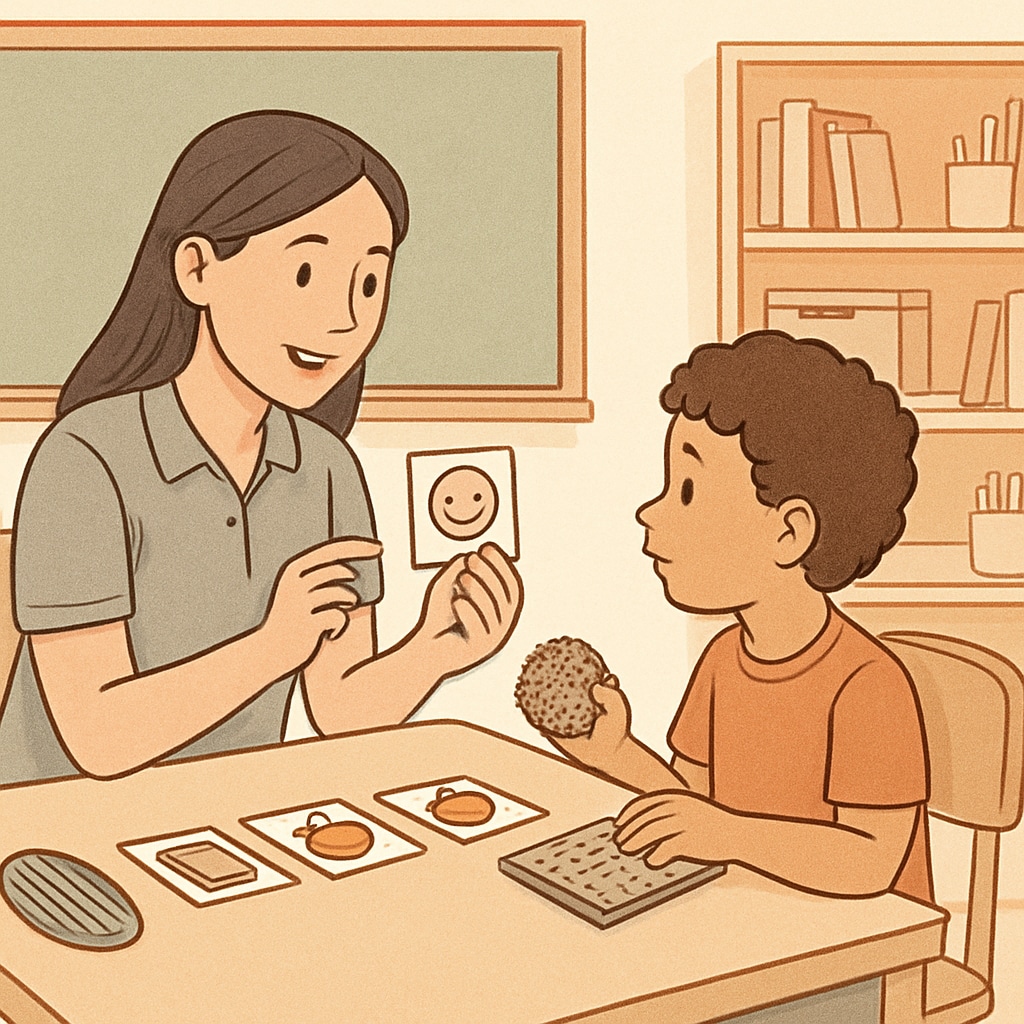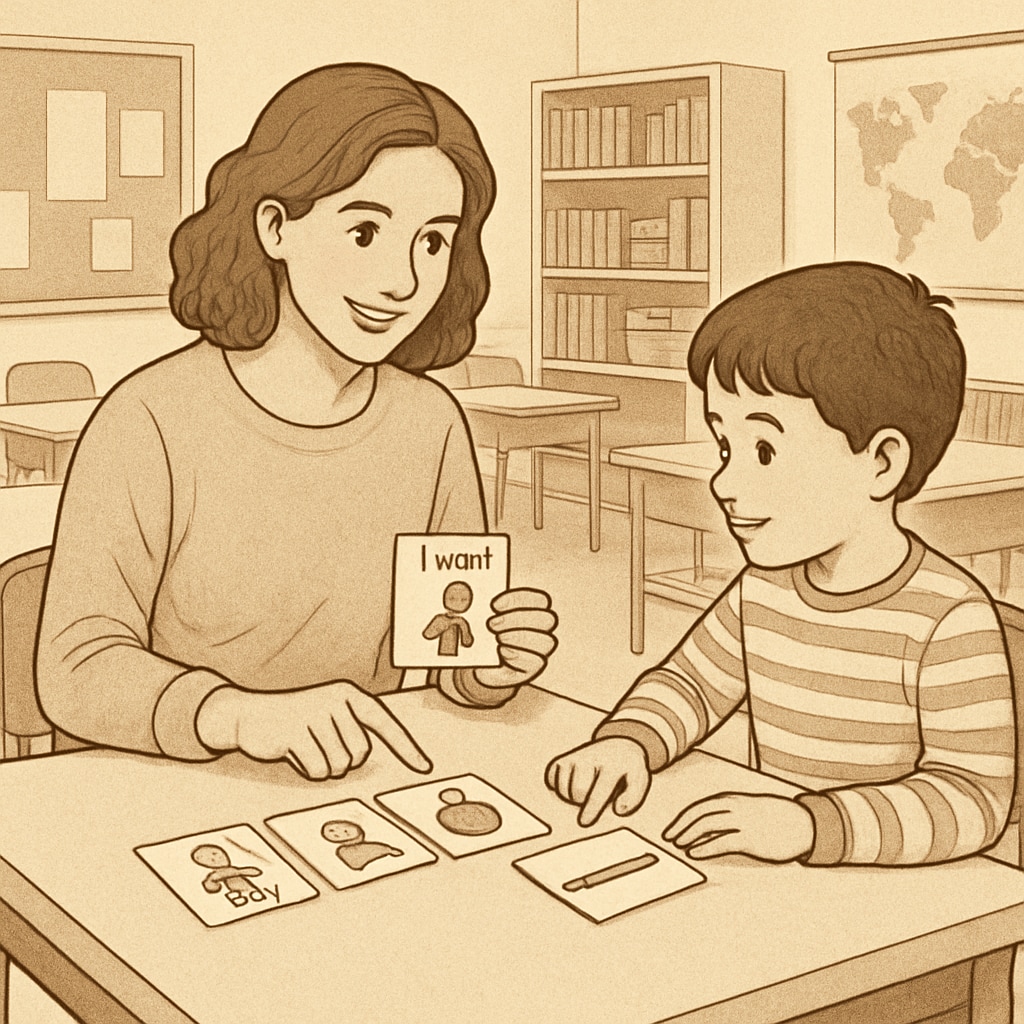Special education, autism spectrum, and teacher assistant roles play a vital part in ensuring children with unique needs receive the support they deserve. Working with children on the autism spectrum requires patience, understanding, and tailored strategies to foster meaningful connections. This article provides actionable insights for special education professionals and teacher assistants to prepare effectively and create impactful relationships with their students.
Understanding Autism Spectrum and Its Challenges
Autism spectrum disorder (ASD) is a developmental condition that affects communication, behavior, and social interaction. Each child on the spectrum is unique, requiring individualized approaches to meet their needs. For special education professionals, understanding these nuances is the first step toward creating a supportive environment. According to Wikipedia’s Autism Spectrum page, structured routines, sensory-friendly spaces, and clear communication are key to accommodating these children effectively.
Before meeting a child with autism, it’s essential to familiarize yourself with their specific needs. Collaborate with parents, caregivers, and therapists to gain insights into preferences, triggers, and successful strategies used in the past. By building this informational foundation, teacher assistants can approach their work with confidence and empathy.

Preparing for Your Role as a Teacher Assistant
Preparation is crucial when working with children on the autism spectrum. Teacher assistants should focus on creating a structured yet flexible plan that accommodates the child’s needs. Key preparation strategies include:
- Understanding the environment: Ensure the classroom is sensory-friendly, with minimal distractions and soothing visuals to help children feel at ease.
- Using visual aids: Incorporate picture boards, schedules, and task cards to provide clarity and predictability for daily activities.
- Developing communication strategies: Learn alternative communication methods such as sign language, PECS (Picture Exchange Communication System), or assistive technology.
In addition, practicing active listening and observing non-verbal cues can help teacher assistants better interpret the needs and emotions of children with ASD. For further preparation tips, you can explore resources like Autism on Britannica, which offers valuable insights into autism-related support strategies.

Building Trust and Connection Through Interaction
Effective interaction is the cornerstone of creating meaningful connections with children on the autism spectrum. Teacher assistants should prioritize building trust and rapport by displaying consistency, kindness, and patience. Here are some essential techniques:
- Follow their interests: Engage with the child using topics, toys, or activities they enjoy to establish common ground.
- Respect personal boundaries: Allow children to approach interactions at their own pace, avoiding overwhelming or intrusive behavior.
- Celebrate small achievements: Offer positive reinforcement and encouragement for every step of progress, no matter how minor.
It’s important to remember that every interaction matters. Teacher assistants should adapt their strategies as they learn more about the child’s preferences and communication style. By fostering a supportive and understanding relationship, they can make a profound impact on the child’s development and confidence.
As a result, teacher assistants play an indispensable role in bridging gaps between children with autism spectrum disorder and the world around them. Their dedication and preparedness ensure that every child receives the care and guidance they deserve.
Conclusion: The Gentle Power of Special Education
Special education professionals, autism spectrum children, and teacher assistants form a dynamic partnership that transforms lives. By understanding the challenges of ASD, preparing thoroughly, and building trust through thoughtful interactions, teacher assistants can create a nurturing environment where children thrive. Whether it’s through visual aids, sensory-friendly spaces, or patient communication, the gentle power of special education truly shines in making meaningful connections.
For those embarking on this journey, remember that every effort counts. Your compassion and dedication can leave a lasting impression, helping children on the autism spectrum unlock their potential and achieve success in a supportive setting.


